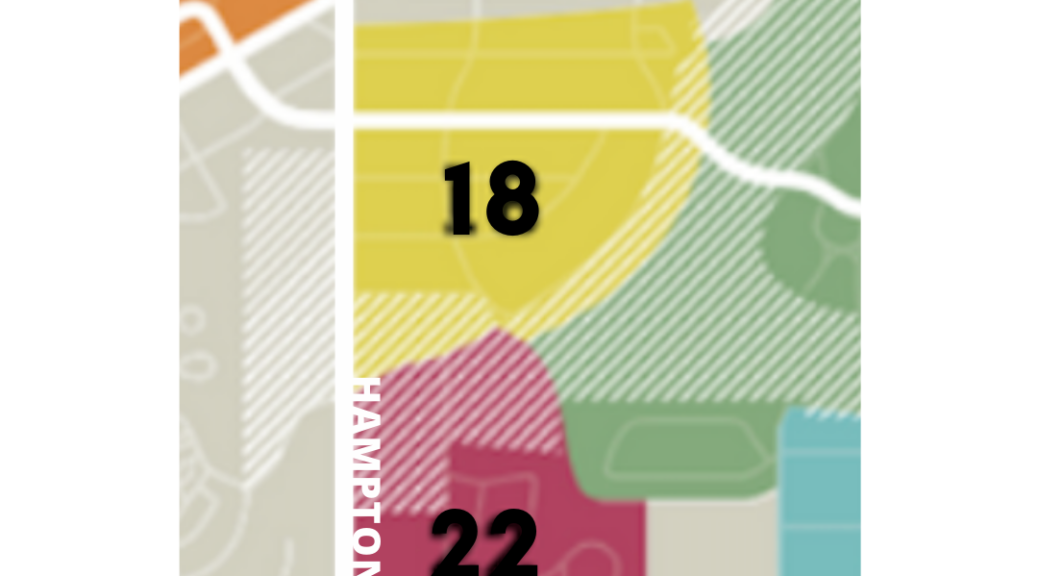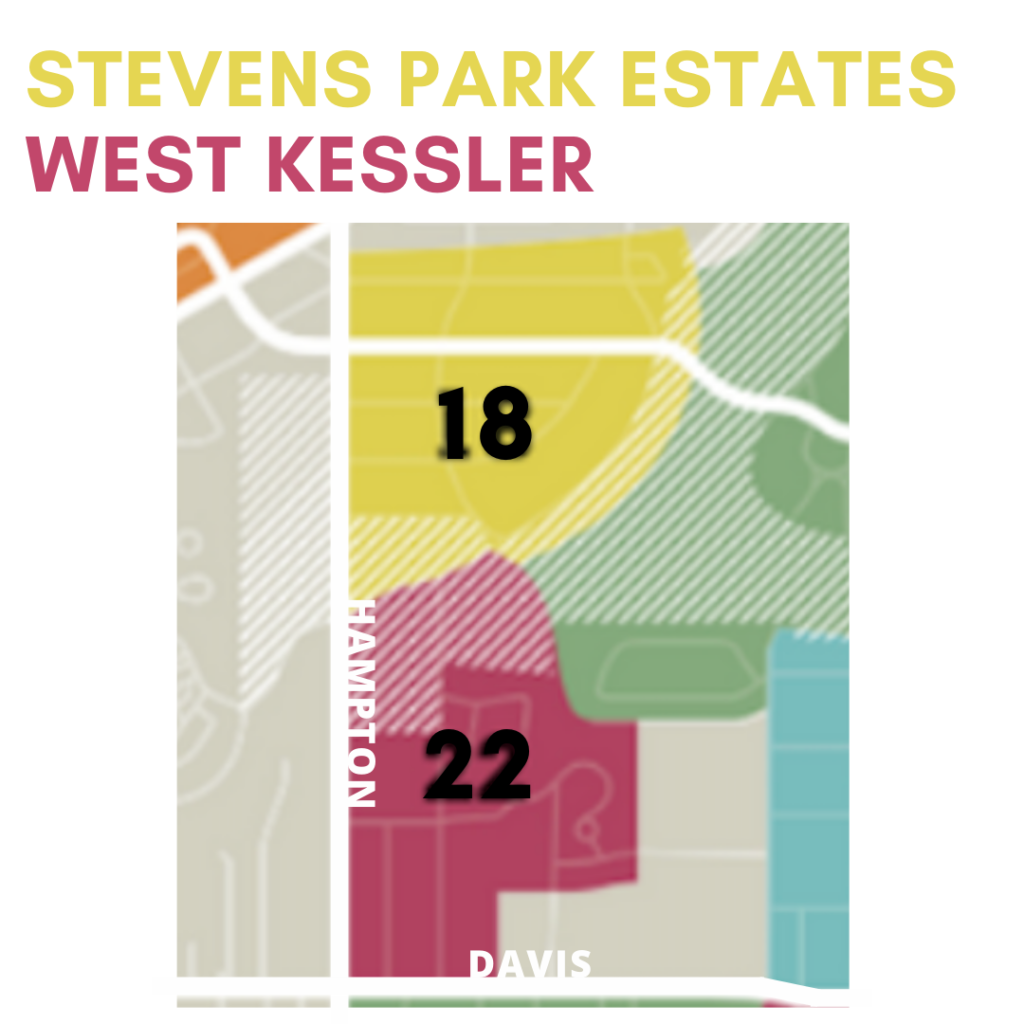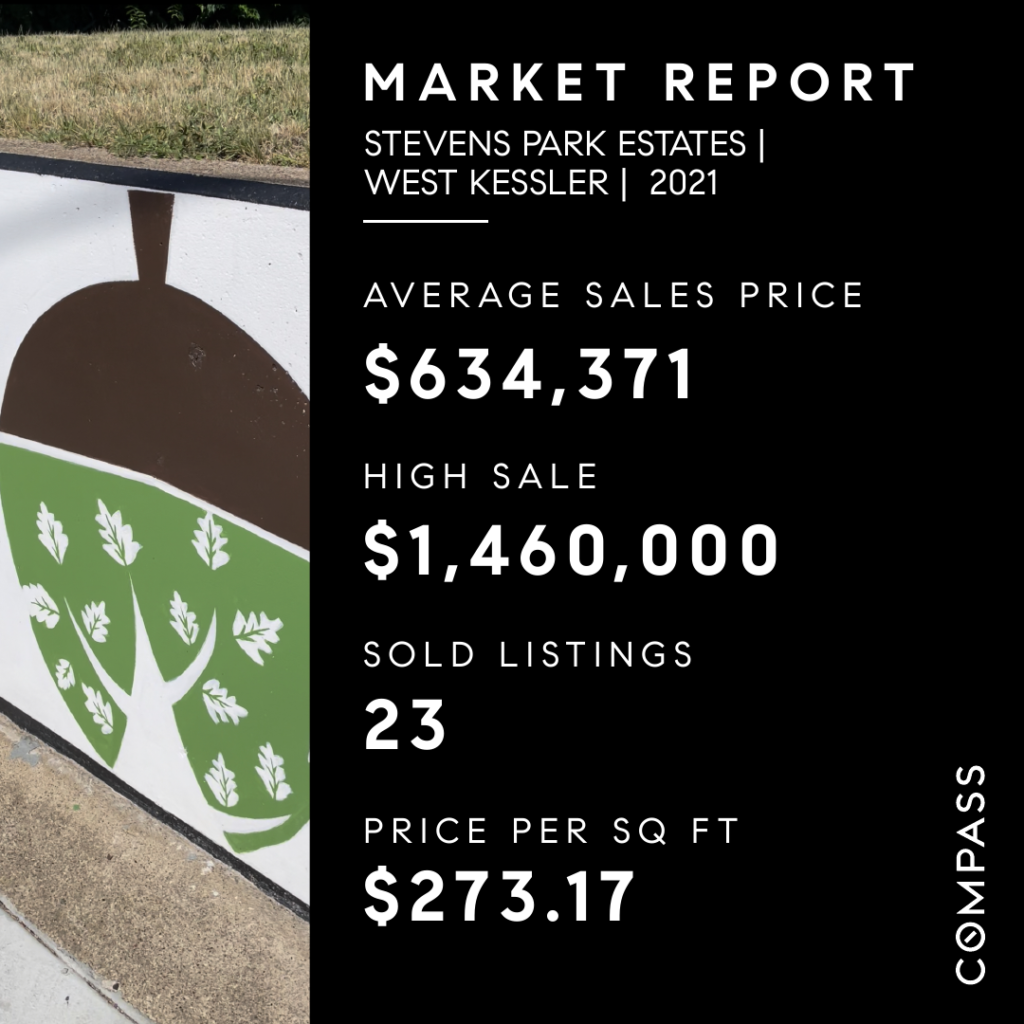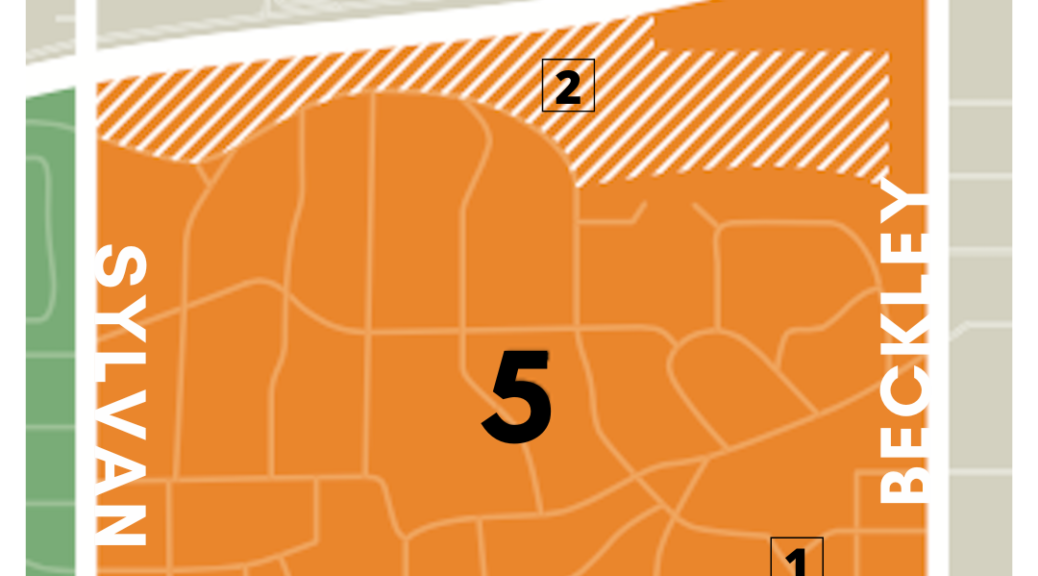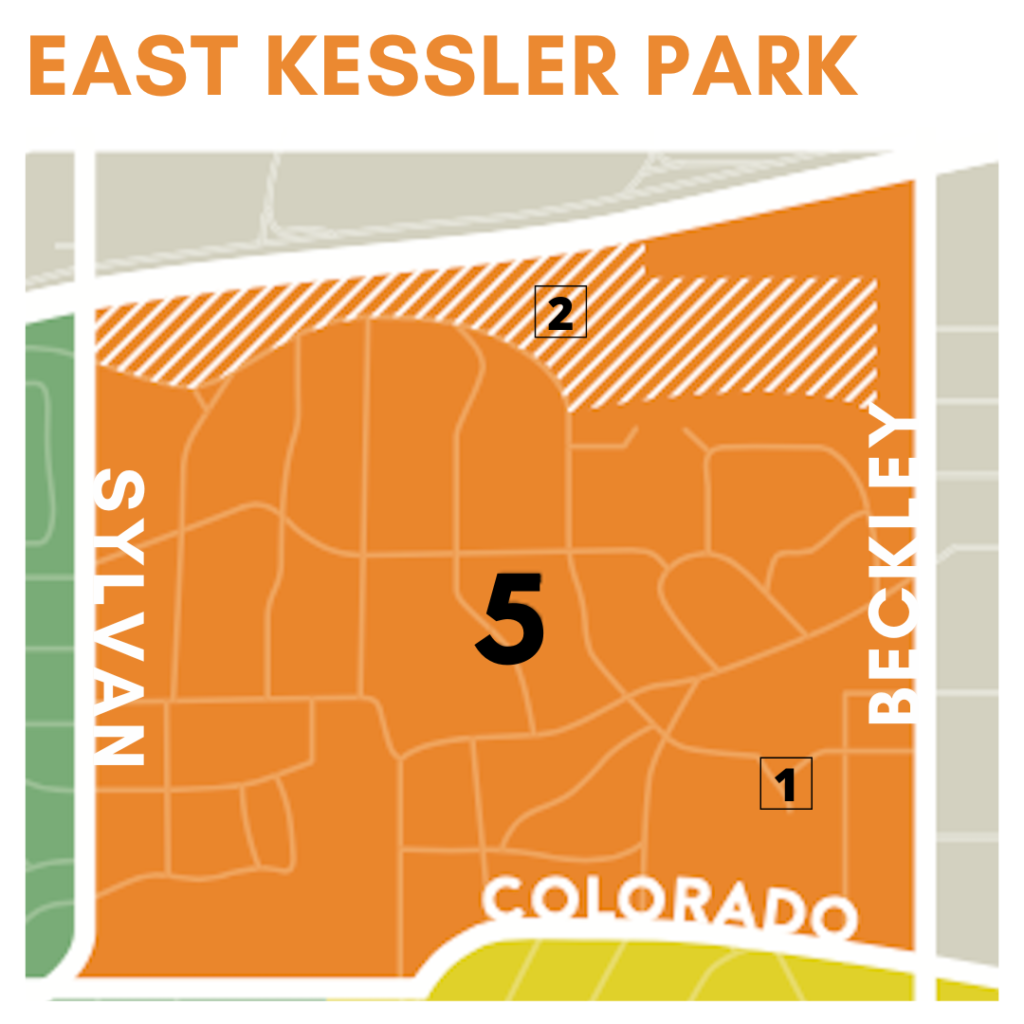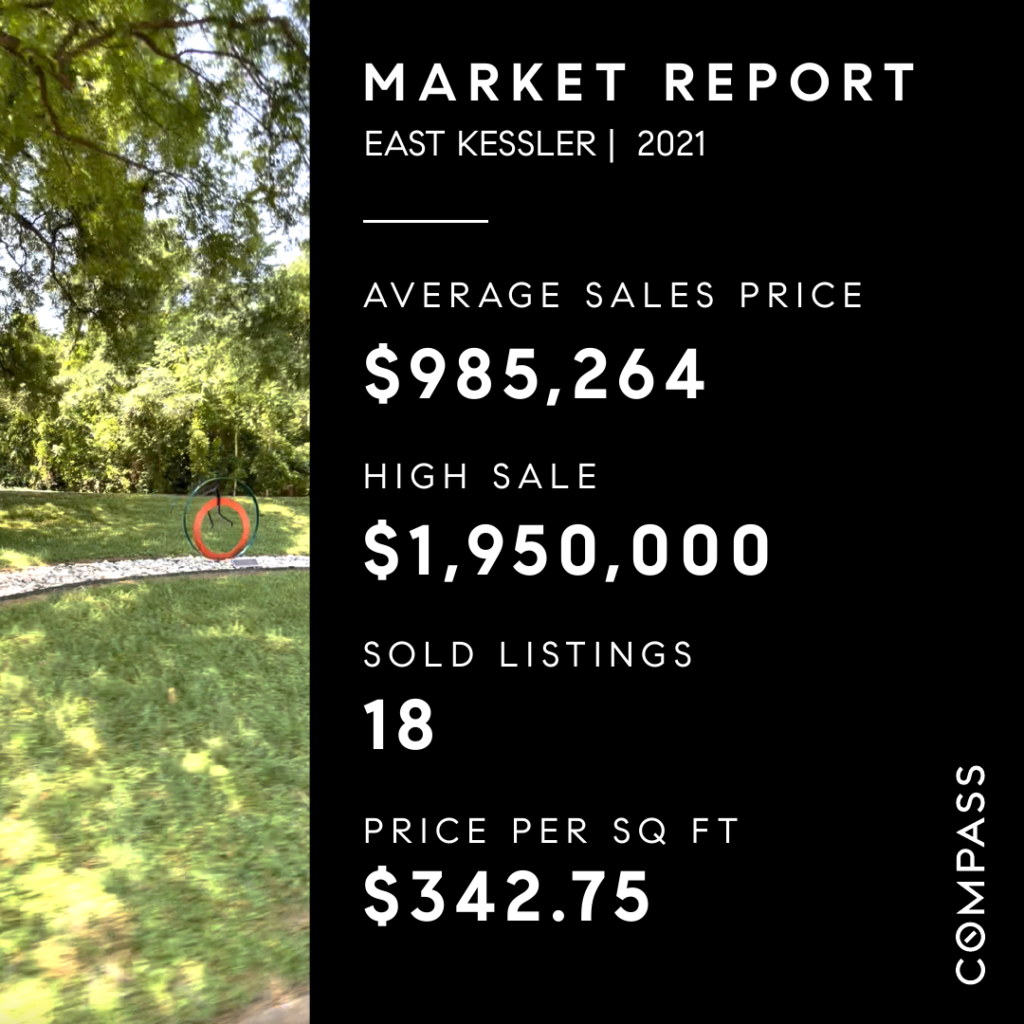Are You a Homeowner Thinking About Climate Change?
Americans are more aware than ever of the effects climate change and natural disasters can have on their homes. According to a report from realtor.com:
“More than 3 in 4 recent buyers, 78%, took [natural disasters] into account when choosing the locations of their homes, . . .”
The study also found that many existing homeowners (34%) have already considered selling their houses and moving to a new location because of the changing climate. If you’re like those homeowners and are weighing your options about what to do next, here’s some information to keep in mind as you begin the process of selling your existing house and searching for your new home.
Do Your Research and Work with a Real Estate Advisor To Find a Home That Meets Your Needs
As a homeowner, it’s impossible to control what types of weather events your home is exposed to. As Maiclaire Bolton Smith, Senior Leader of Research and Content Strategy for CoreLogic, says:
“You can’t necessarily remove the location from around you, but there are things you can do to mitigate damage that can happen.”
The first step is understanding how to navigate your home sale and purchase with these specific issues in mind. While that can seem like a difficult undertaking at first, with the appropriate resources and experts on your side, you can simplify the process.
The Mortgage Reports provides some tips for purchasing your next house, including, but not limited to:
- Vetting the location before you buy
- Researching Climate Action Plans and learning if the city or state has one
- Working with professionals for additional assessments on the home’s ability to withstand natural disasters
Ultimately, your best resource throughout the process is a trusted real estate professional. An agent will help you navigate the sale and required disclosures for your existing home, be your expert advisor on local guidelines and information, and keep your goals and concerns top of mind. Even if your advisor doesn’t have the answers to all your questions about how your next home will stand up to natural disasters, they can help connect you with experts and resources who will.
Bottom Line
If you’re becoming more mindful about the effects of climate change and you’re ready to make a move, you’re not alone. Let’s connect so you have a trusted advisor on your side to help you navigate the sale of your current house and find the perfect spot for your next home.

